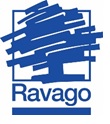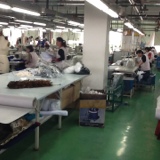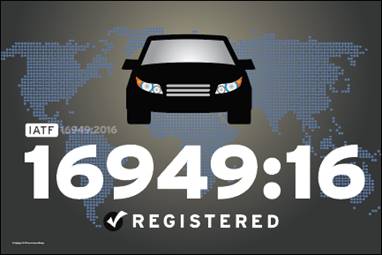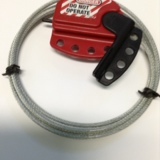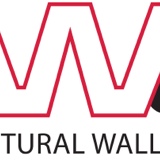Walk Through Safety Audit Checklist
-
Site conducted
-
Conducted on
-
Prepared by
Walk Through Safety Audit Checklist
GENERAL SAFETY
-
Are all work areas clean and orderly?
-
Are work areas adequately illuminated?
-
Are all light fixtures in good working order? No flickering lights, etc.?
-
Are floors clear and aisles, hallways, and exits are unobstructed?
-
Are floor surfaces kept dry and free of slip hazards?
-
Are exits signs posted and properly illuminated to clearly indicate exit?
-
Are stored materials secured & limited in heights to prevent collapse?
-
Are electrical cords and plugs in good condition with proper grounding?
-
Extension cords and power strips are not daisychained and no permanent extension cords are in use?
-
Portable electric heaters have at least 36" of clearance from combustible materials (e.g. paper)
-
Is there at least three (3) feet clearance in front of electrical panels/breaker boxes?
-
Is food not present on the warehouse floor?
-
Is emergency equipment (alarm pull boxes, eyewashes, showers, etc.) accessible and not blocked by equipment?
-
Is all emergency equipment in good condition?
-
Are drinks covered while on the warehouse floor?
STORAGE GENERAL
-
Is sufficient storage provided?
-
Are heavy items stored between midthigh and shoulder height?
-
Is there a safe means of accessing high shelves?
-
Is storage equipment in good condition and not overloaded?
-
Are storage areas free from rubbish?
-
Are shelf units properly attached to wall and are cabinets/Cupboards stable?
-
Are racks and pallets in good condition?
-
Is good housekeeping practiced in work area (is it free of debris, combustibles, obstructions? Are aisles maintained?)
COMPRESSED GAS CYLINDER SAFETY
-
Are cylinders legibly marked to clearly identify the gas contained?
-
Are cylinders stored away from heat sources and do they separation between flammables and oxidizers?
-
Are cylinders located and stored in a manner to prevent them from creating a hazard by tripping, falling, or rolling? The cylinders should be stored upright and chained with protective cap in place (including empty containers)
-
Are valve protector caps place on cylinders when not in use?
-
Are flammables and combustibles stored properly?
-
Are empty and full cylinders stored separately?
FIRE SAFETY
-
Are fire alarm pull station locations marked and unobstructed?
-
Are fire extinguishers and hoses mounted, visible, and accessible?
-
Are flammable liquids stored in approved safety containers?
EQUIPMENT SAFETY
-
Are all protective guards (including light curtains and interlocks) in place, effective, and checked daily or before use?
-
Do air nozzles have relief valves to decrease pressure to 29 psi or lower?
-
Is damaged/malfunctioning equipment tagged "OUT OF SERVICE"?
-
Is equipment clean and working properly?
-
Are lockout/tagout procedures used?
-
Do grinders (portable & stationary) have guards in place?
-
Are portable fans equipped with full guards or screens having an opening of 1/2 inch or less?
FORKLIFT SAFETY
-
Are PIT driven backwards with awkward and bulky loads?
-
Are pedestrians given the right of way?
-
Are safety glasses and seatbelts worn while operating the truck?
-
Are defective PIT taken out of service and tagged "DO NOT USE"?
-
Are PIT being operated safely?
-
Are PIT being operated in accordance with the company safety protocols (e.g. sounding horns at intersections?
-
Are PIT parked with the parking brake applied and the forks flat on the floor or ground?
-
Are PIT parked so they do not block exits or emergency equipment and are not parked on dock plates?
HAZARD COMMUNICATION
-
Are SDSs available to all employees?
-
Are all hazardous containers labeled appropriately?
-
Are there supplies on hand for hazardous materials spill?
LADDER SAFETY
-
Are all ladders in good condition with no structural damage?
-
Are ladders being used properly (only one person on ladder at a time and no one standing above the second step down from the top)?
PERSONAL PROTECTIVE EQUIPMENT
-
Are approved safety glasses and face shields used in required areas?
-
Is approved hand protection (e.g. gloves) used in required areas?
-
Is approved protective clothing used in required areas?
-
Is approved hearing protection used in required areas?
-
Is approved foot protection used in required areas?
-
Is approved head protection used in required areas?
FALL PROTECTION
-
Is appropriate fall protection provided and used properly (safety harness, lanyard, and if needed, self-retracting lifeline)?
FIRST AID
-
Are first aid kits clearly labeled?
-
Are first aid kits easily accessible?
-
Are all dated medical products current, and not expired?
